A bespoke curriculum for newly arrived pupils
By Zoë Welsh
One of the most exciting things about having a whole class of new arrivals was that I have been able to design a bespoke curriculum that responds to the children’s specific needs rather than following a year group curriculum that needs massive adaptation and differentiation.
Whilst evaluating the impact of this curriculum on the children’s learning and well-being, I have identified number of pedagogical principles for teaching newly arrived children who have experienced trauma. Bajaja and Bartlett (2017 pp.28) describe a ‘critical transnational curriculum’ developed in three American high schools which seem to ally with what I have been trying to achieve.
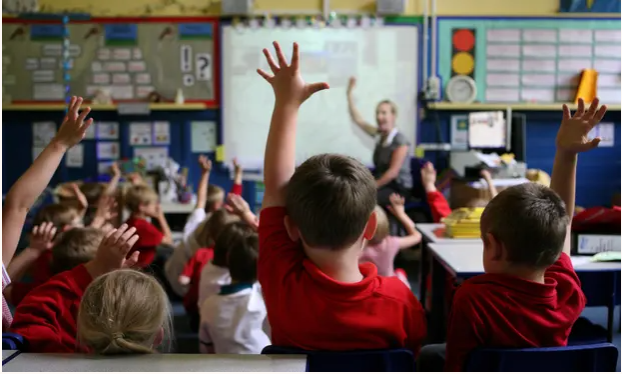
I aim to explain these ideas over the next few blog posts beginning here with the first.
Principle 1 – preparing pupils for successful integration into the mainstream UK school system
At the beginning, we didn’t know how long the children would be with us, when they would be housed or how many would eventually move to other cities. Success is so important for refugee children ( Kholi, 2011) and as our children would be unlikely to have bespoke provision in other settings I felt that a priority had to be preparing pupils for eventual successful integration into mainstream school system.
This preparation included:
- a typical primary school routine,
- learning the language of school,
- high expectations,
- learning phonics to support Literacy,
- primary school maths -models, images and vocabulary,
- equalities and Inclusion
Routines
The experience of school is ‘a stabilising feature in the unsettled lives of refugee students’ (Matthews, 2008). I wanted to develop a routine that offers the comfort of predictability with enough flexibility for it to be responsive and child-centred.
Our class followed the same school day as the rest of the school except that for the first two and a half weeks, they did mornings only, staying for lunch after the first few days and then leaving just before the end of the lunch break. This gave them the opportunity to learn how to order their lunch, how to line up and say ‘yes please’ and ‘no thank you’ at the serving station, where to sit and where to put their plate and cutlery afterwards. They also then had the opportunity to play with the children from other classes, interact with adults other than myself and be immersed in the language of playtime without it being a barrier to them joining in.
Literacy
In class we started every day with ‘reading’. I gathered together a collection of richly illustrated picture books, mostly stories but also non-fiction such as books about cricket, children’s books about Afghanistan (online second hand bookstores), books about Islam, cars, animals. The children looked at the books for the first 15 minutes until I started the day by talking about the date, the season and the weather. I then went through the day’s visual timetable and showed pictures of the day’s menu so they could order lunch.
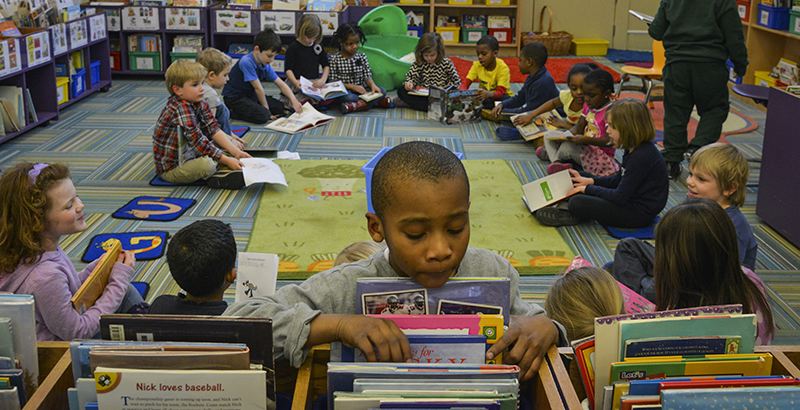
Like Richardson (2022) I gave literacy skills a high priority. Our English lessons have evolved as the children have learnt their sounds and are able to do more independently but we always have phonics (Read, Write, Inc. ) handwriting and some dictionary work; they each have an exercise book in which they write vocabulary from a picture dictionary under the correct letter and either draw a picture or write the translation in Pashto or Dari ( a few older boys could do this).
After English we have assembly and then playtime. Then a fairly short maths lesson.
Maths
At the beginning our Maths lesson was learning to count in English and starting to use basic models and images. I used the White Rose scheme to introduce bar models, arrays and so on. It’s a continuing challenge to develop problem solving and reasoning with enough cognitive challenge whilst keeping the language demands realistic. We are now beginning to use the Enigma stem sentences alongside the visuals.
Play
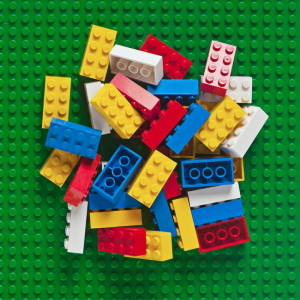
It’s really important to offer refugees and asylum seeker children a respite from stress and obligation (Rae, 2022) so we finished the morning with choosing time. Due to strict luggage restrictions the children arrived with barely a change of clothes, let alone any books, toys or games. They loved drawing and making things from paper and card with tape and pens, scissors and glue. Gradually, I manged to gather a selection of games and toys which they were delighted with. They loved role play things such as tea sets as well as small world toys, lego, connect four and dice and counting games.
The Language for School
I taught ‘line up’, ‘tidy up’, ‘quietly’, ‘carefully’ and so on using repetition, modelling, pictures, bi-lingual dictionaries and bingo games. We had a translator with us for an hour or two a day for the first two weeks and he helped me learn some teacher instructions in Pashto and Dari.
I labelled resources in the classroom with English, Pashto and Dari. Only four of the children could read the Arabic script but as time has gone on children are using their phonics to decode and helping me to write Pashto and Dari in Roman script.
I also use the children with the most English to help me translate. To use Google Translate for Dari and Pashto you need to read the script but I also use dictionaries with transliteration
High Expectations
Learning to open exercise books from left to right took some time, as did writing on lines, using a ruler and cutting and sticking carefully but I insisted and it has improved for most children. I also insist on children tidying their tables and putting resources away carefully.
As time has gone on, children are becoming more used to being independent, using word banks or dictionaries or the displays in class rather than always relying on a teacher.
We have class rules, and house points for trying hard and being kind to each other. I felt it was important that children know what behaviour will be expected of them in other classes and that a perceived lack of sanctions isn’t a reason for poor behaviour.
Equalities
The Afghan children’s experience of equalities is very different from the inclusive ethos promoted in our school. I have tried to emphasise the value of diversity so that the children feel that they are adding something to our community. McIntyre and Neuhaus (2021 pp. 808) call for ‘participatory parity’ which I interpret as an equal membership of the school and wider community with barriers to inclusion removed.
Our summer term topic is called Can I be the Prime Minister? As we learn about British Values, I intend to provide opportunities for children to have a voice in terms of decisions which affect them and learn that alongside equal entitlement to resources and cultural recognition they are also entitled to be heard (Fraser, 2003; 2009).
Next time – read about how I built on children’s ‘funds of knowledge’ (aka ‘Cultural Capital’) to develop what they can already do and try to narrow the gap between home in Afghanistan and school in the UK.
References
Bajaj, M. and Bartlett, L. (2017) Critical transnational
curriculum for immigrant and refugee students, Curriculum Inquiry, 47:1, 25-35, DOI:
10.1080/03626784.2016.1254499
Fraser, N. (2003) Social justice in the age of identity politics, in: N. Fraser & A. Honneth (Eds)Redistribution or recognition? A political–philosophical exchange(London, Verso), 7–109.
Fraser, N. (2009, May 16) Interview with Nancy Fraser: Justice as redistribution, recognition and representation, MR Online. Available online at: https://mronline.org/2009/05/16/interview-with-nancy-fraser-justice-as-redistribution-recognition-and-representation/ (accessed 7 October 2020).
Kohli, R. (2011) Working to ensure safety, belonging and success for unaccompanied asylum-seeking children, Child Abuse Review, 20, 311–323
Matthews, J. 2008. Schooling and settlement: Refugee education in Australia.. International Studies in Sociology of Education, 18(1): 31–45
McIntyre, J and Neuhaus, S. (2021) Theorising policy and practice in refugee education: Conceptualising ‘safety’, ‘belonging’, ‘success’ and ‘participatory parity’ in England and Sweden (wiley.com) Vol 47, Issue 4. Special Issue: Refugee Education August 2021, Pages 796-816
Rae, T (2022) How to Talk with Children and Young People About War | Understanding and Supporting our Refugee Children
https://www.evidenceforlearning.net/dr_tina_rae_children_war_refugees/
Richardson, N. (2022) https://www.bell-foundation.org.uk/news/welcoming-refugee-children-advice-and-guidance-for-schools-2/
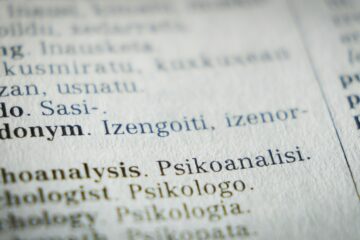
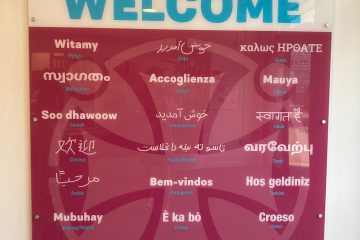
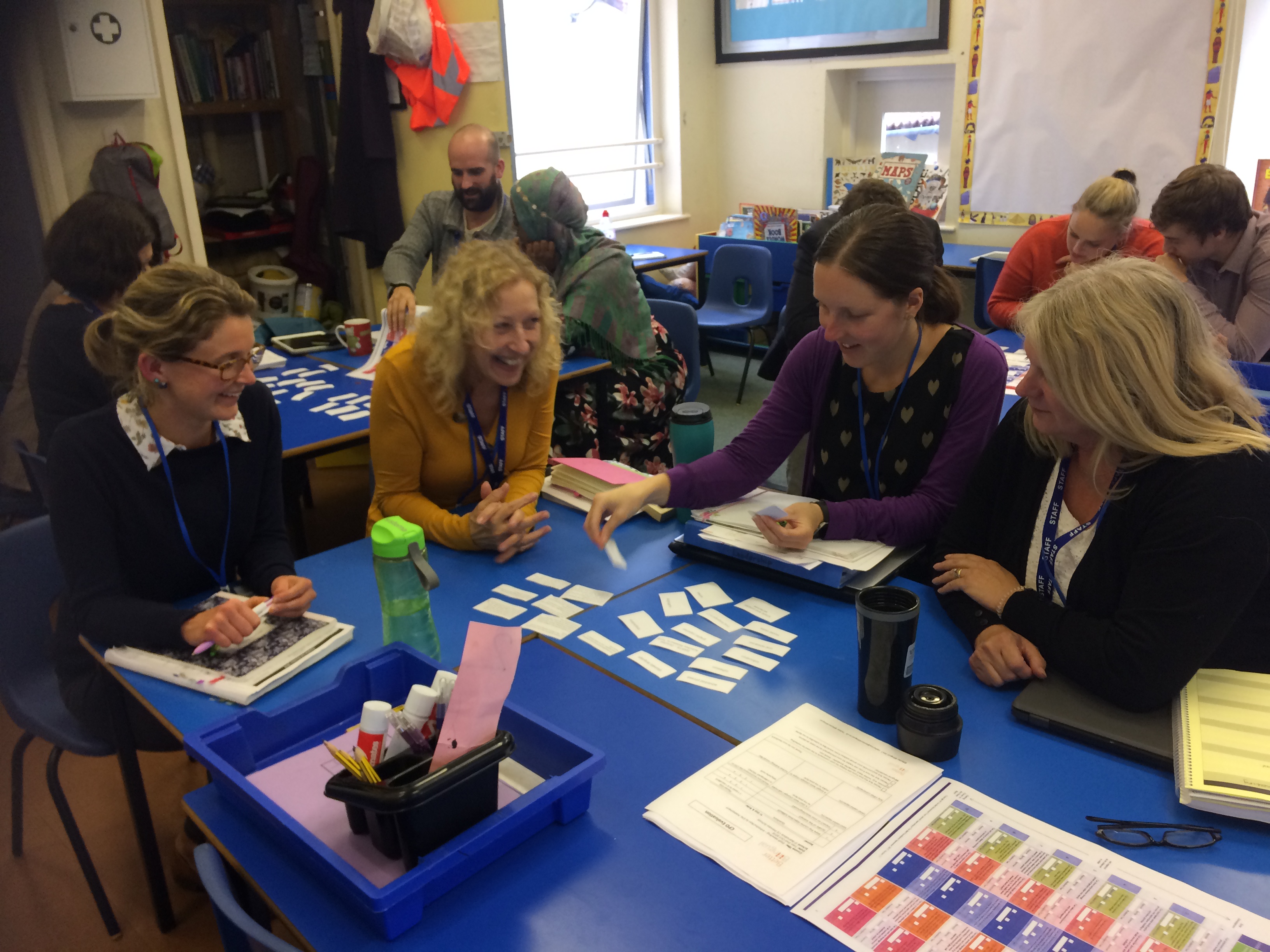
0 Comments